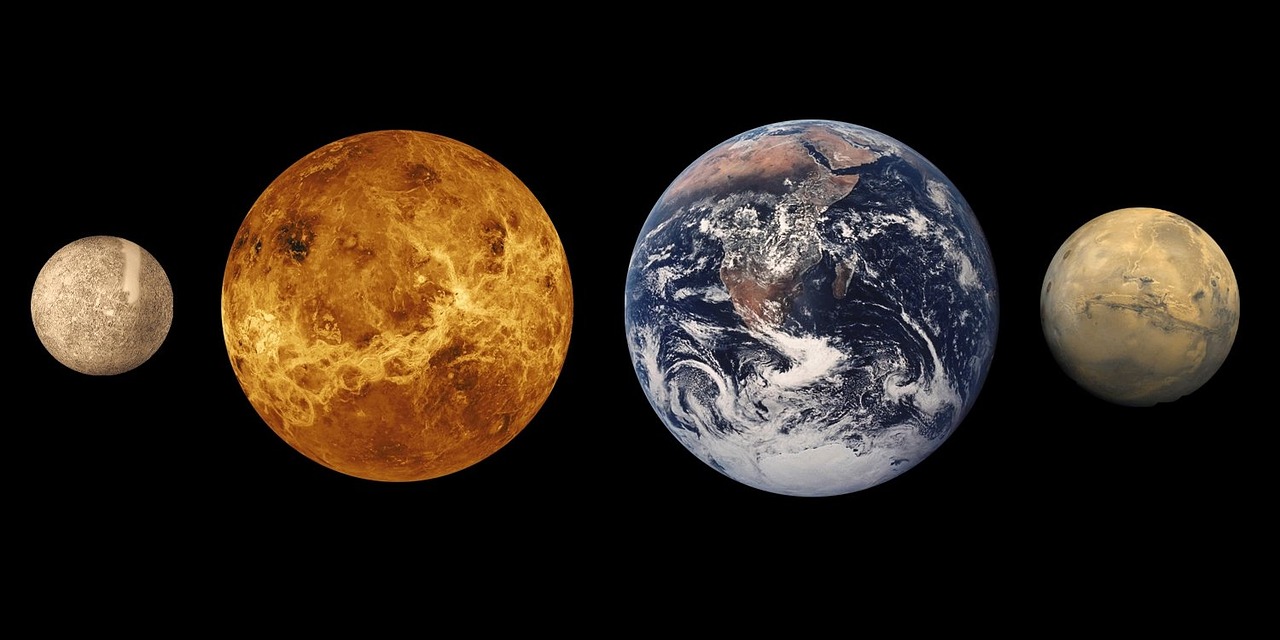Ancient Roman Bronze Figurine of Mercury
This exquisite bronze figurine, originating from the 2nd century A.D., stands 14.2 cm (5.5 in) tall and features a stunning silverfish-green patina. Notably, this solid cast representation of Mercury—or Hermes in Greek mythology—captures the essence of the god of commerce, showcasing various attributes that illustrate his many roles.
As a prominent deity, Mercury is often depicted participating in celestial gatherings, which is highlighted by the large wreath encircling his head, secured by long ribbons that drape gracefully over his shoulders. Traditionally, he is associated with the iconic winged sandals and cap; while these elements are absent in this piece, small wings can be spotted on either side of the wreath.
In his left hand, he holds the caduceus, a herald’s staff adorned with two intertwining snakes at its top, which rests against his shoulder. This staff is imbued with magical qualities, one of which is the ability to invoke dreams often linked to sudden demise. Mercury’s role as the guide of souls to the afterlife ties him to the Egyptian deity Thoth, known as the arbiter of the deceased, typically illustrated with an ibis head. Notably, the plume of an ibis can be observed within his wreath, symbolizing this connection.
His representation as a traveler is accentuated by the chlamys, a flowing cloak, which hangs over his left forearm, cascading in zigzag patterns toward the ground. This drapery not only adds dynamism to the figure but also serves as a stabilizing element for the pose. Additionally, Mercury is depicted safeguarding wealth and trade; he clutches a purse filled with coins crafted from leather, shaped like a small animal. Textural details are evident, including incised marks that resemble fur, and tiny dots on the upper left side of the caduceus, mimicking serpent scales.
The figure portrays Mercury as a young man, athletically built and entirely nude, showcasing well-defined musculature. His posture is notable for its motion, exhibited through the contrasting leg positions, a gently twisted torso, and the directional gaze of his head. This Roman artwork reflects the influence of Greek Hellenistic styles, evident in its proportions—elongated legs, a robust torso, an elongated neck, and a well-defined head.
Curls adorn his forehead, and his facial features are exceptionally appealing, characterized by a delicate yet robust quality typical of that era. The distinct features, such as prominent frowning eyebrows creating shadows and a pronounced nose bridge, evoke comparisons with portraits of Alexander the Great. It remains uncertain whether this figurine directly emulates a statue of Alexander styled as Hermes or if it reflects a broader trend in Hellenistic and Roman artistry.
Historically, figurines of deities were often used as votive offerings in temples, while many Romans maintained small home shrines known as lararia for personal reverence. The choice of statuettes usually reflected the family’s chosen divine protectors. This particular depiction of Mercury deviates from typical representations that would rest on a flat base; its feet do not provide stable footing, suggesting it may have once been affixed to a curved surface, possibly as part of a ceremonial vessel.
Condition Report
The caduceus’s tip is absent; parts of the chlamys are broken but have been restored. Various areas, including the abdomen and lower extremities, show signs of wear, likely due to ancient handling.
Provenance
This piece is from a European private collection and was acquired in 2000.



